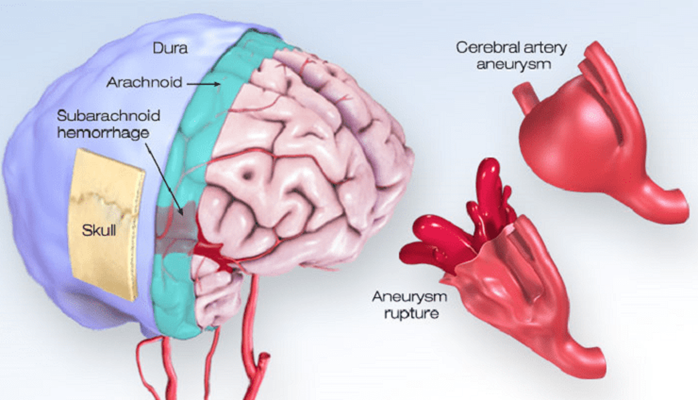A community health nurse is assigned to identify activities that are a part of the prevention/mitigation phase of the disaster management cycle. Which of the following activities should the nurse identify as being in the prevention/mitigation phase?
Encourage community members to practice fire drills
Identify community members who have disabilities
Provide first aid to community members affected by a tornado
Assist community members in developing a disaster plan
The Correct Answer is D
Choice A: Encourage community members to practice fire drills. This is incorrect because fire drills are a part of the preparedness phase, not the prevention/mitigation phase. The prevention/mitigation phase aims to reduce the risk and impact of disasters, while the preparedness phase aims to enhance the readiness and response capacity of individuals and communities.
Choice B: Identify community members who have disabilities. This is incorrect because identifying community members who have disabilities is also a part of the preparedness phase, not the prevention/mitigation phase. The prevention/mitigation phase focuses on actions that can prevent or minimize the occurrence or effects of disasters, such as installing smoke detectors, reinforcing buildings, or creating evacuation routes.
Choice C: Provide first aid to community members affected by a tornado. This is incorrect because providing first aid to community members affected by a tornado is a part of the response phase, not the prevention/mitigation phase. The response phase involves immediate actions to save lives, protect property, and meet basic needs after a disaster occurs.
Choice D: Assist community members in developing a disaster plan. This is correct because assisting community members in developing a disaster plan is a part of the prevention/mitigation phase. A disaster plan can help identify potential hazards, assess vulnerabilities, establish goals and objectives, and implement strategies to reduce the risk and impact of disasters.
Nursing Test Bank
Naxlex Comprehensive Predictor Exams
Related Questions
Correct Answer is C
Explanation
Choice A reason: Administering an antipyretic is not the next action that the nurse should initiate. An antipyretic is a medication that lowers fever, which is a common symptom of meningococcal meningitis. However, fever is not a life-threatening condition, and it may have some beneficial effects on fighting infection. The nurse should first prioritize other actions that are more urgent or critical for the client's safety and outcome.
Choice B reason: Decreasing environmental stimuli is not the next action that the nurse should initiate. Decreasing environmental stimuli is a nursing intervention that can help reduce agitation, confusion, or seizures in clients with meningococcal meningitis. However, it is not an immediate or essential action, and it may not be effective if the client's condition worsens or progresses to coma.
Choice C reason: Assessing the cranial nerves is the next action that the nurse should initiate. Cranial nerve assessment is a neurological examination that evaluates the function of 12 pairs of nerves that originate from the brainstem and control various sensory and motor functions, such as vision, hearing, smell, taste, facial expression, eye movement, swallowing, speech, and balance. Meningococcal meningitis is an inflammation of the meninges, which are the membranes that cover and protect the brain and spinal cord. Meningeal inflammation can compress or damage the cranial nerves, causing various signs and symptoms, such as headache, photophobia, diplopia, facial palsy, dysphagia, dysarthria, or nystagmus. Assessing the cranial nerves can help detect any neurological deficits or complications early, and guide appropriate interventions or referrals.
Choice D reason: Completing a vascular assessment is not the next action that the nurse should initiate. A vascular assessment is a physical examination that evaluates the blood flow and circulation in different parts of the body, such as the arms, legs, abdomen, or neck. It may include checking pulses, blood pressure, capillary refill, skin color, temperature, or edema. A vascular assessment may be relevant for some clients with meningococcal meningitis who develop septic shock or disseminated intravascular coagulation (DIC), which are serious conditions that affect blood vessels and clotting factors. However, these are not common or early manifestations of meningococcal meningitis, and they require more advanced or specialized assessments and treatments.
Correct Answer is C
Explanation
Choice A reason: Gradual onset of several hours is not a manifestation of a hemorrhagic stroke. A hemorrhagic stroke occurs when a blood vessel in the brain bursts, causing bleeding into the surrounding tissue. This usually happens suddenly and without warning, and can cause rapid deterioration of the client's condition.
Choice B reason: Maintains consciousness is not a manifestation of a hemorrhagic stroke. A hemorrhagic stroke can cause increased intracranial pressure, which can compress the brain and impair its function. This can lead to loss of consciousness, coma, or death.
Choice C reason: Sudden severe headache is a manifestation of a hemorrhagic stroke. A hemorrhagic stroke can cause intense pain in the head, neck, or face, due to the pressure and irritation of the bleeding. The headache may be described as "the worst headache of my life" or "thunderclap headache".
Choice D reason: History of neurologic deficits lasting less than 1 hr. is not a manifestation of a hemorrhagic stroke. This is a characteristic of a transient ischemic attack (TIA), which is also known as a mini-stroke. A TIA occurs when a blood clot temporarily blocks an artery in the brain, causing temporary symptoms such as weakness, numbness, vision loss, or speech difficulty. A TIA does not cause permanent damage to the brain, but it is a warning sign of a possible future stroke.

Whether you are a student looking to ace your exams or a practicing nurse seeking to enhance your expertise , our nursing education contents will empower you with the confidence and competence to make a difference in the lives of patients and become a respected leader in the healthcare field.
Visit Naxlex, invest in your future and unlock endless possibilities with our unparalleled nursing education contents today
Report Wrong Answer on the Current Question
Do you disagree with the answer? If yes, what is your expected answer? Explain.
Kindly be descriptive with the issue you are facing.
